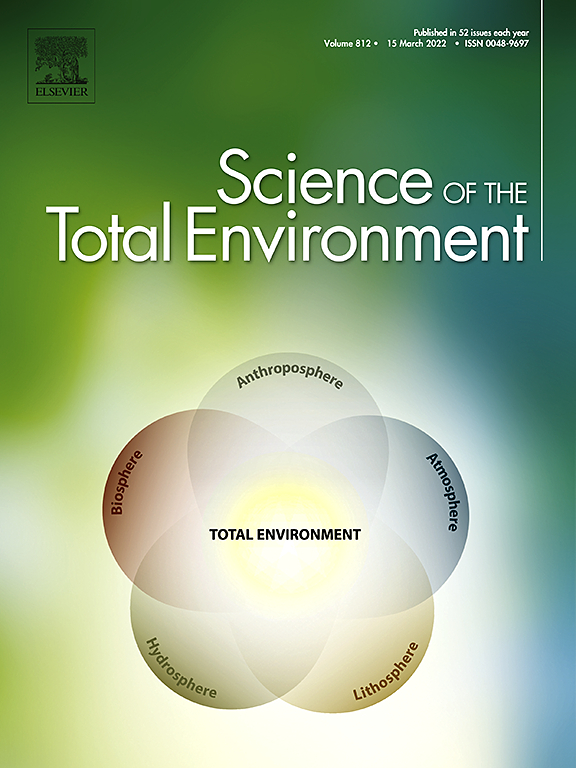|
Authors |
Abstract Pharmaceuticals and other emerging contaminants are continuously released into the aquatic environment, considered as ‘pseudo-persistent’ pollutants. Many compounds degrade fast in the environment, but sometimes their transformation products (TPs) are equally or even more toxic than the parental compounds, raising concern about the potential risks to the environment. In this way, the crustacean Daphnia magna (D. magna) is one of the most widely used organisms in aquatic toxicology studies, since it is an interesting non-vertebrate model to study via neurotransmitters the toxicological consequences of contaminants. In this study, the stability in water of 17 neuroactive compounds using ultra-high-performance liquid chromatography (UHPLC) coupled to a MS/MS detector was evaluated. In order to assess the stability of the compounds, samples of 1 ng μL-1 were analyzed at different times (0, 24 and 48 h). No degradation was observed for most of the studied compounds, except for apomorphine and 6-hydroxydopamine that were degraded completely in the first 24 h. The behavioral assay was based in the automatized delivery of visible light stimuli. Most of the tested compounds altered motile responses to light significantly. The pharmaceuticals memantine, imidacloprid, fluoxetine, deprenyl, diazepam, apomorphine and 6-hydroxydopamine decreased motile responses to light. Conversely, pilocarpine, scopolamine, nicotine and p-chlorophenylalanine increased motile responses. Despite the observed degradation of apomorphine and 6-hydroxydopamine, their degradation products (APO-TP1 and 6OH-TP1) were stable and so their effects on behavior. This study shows that a degradation or transformation of the main pollutant is not always linked to a decrease in its toxicity. |
Altmetrics
|
|
Journal Science of the Total Environment, 1 December 2021, v.798, 149252 |
||
|
Publication date 2021-12-01 |
||
|
DOI |



